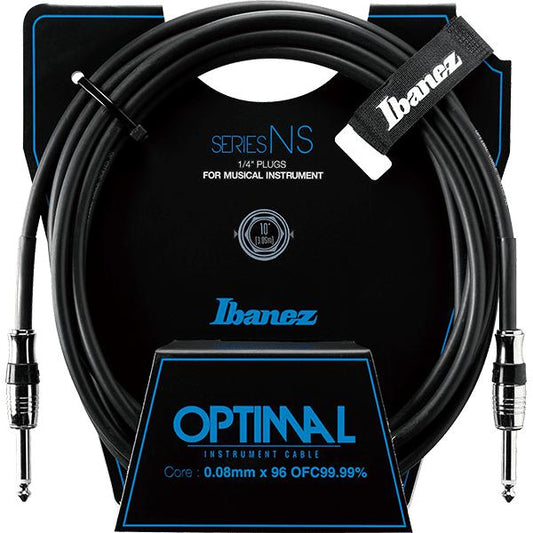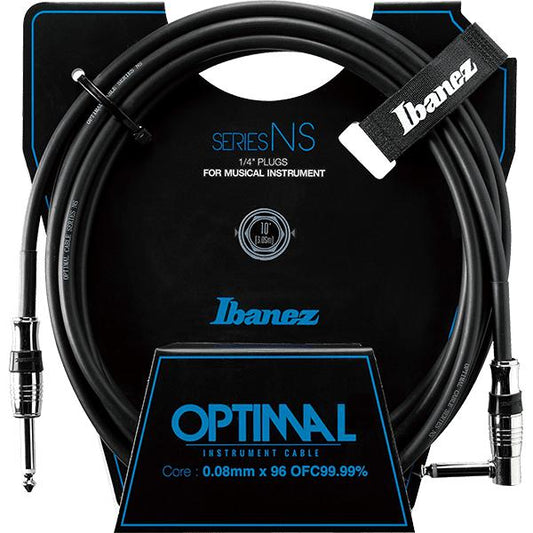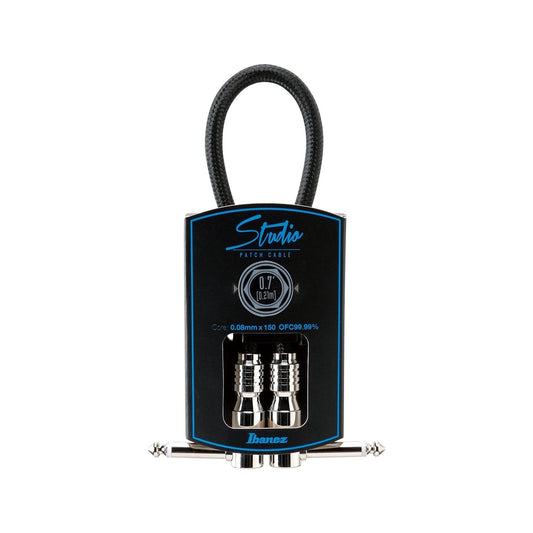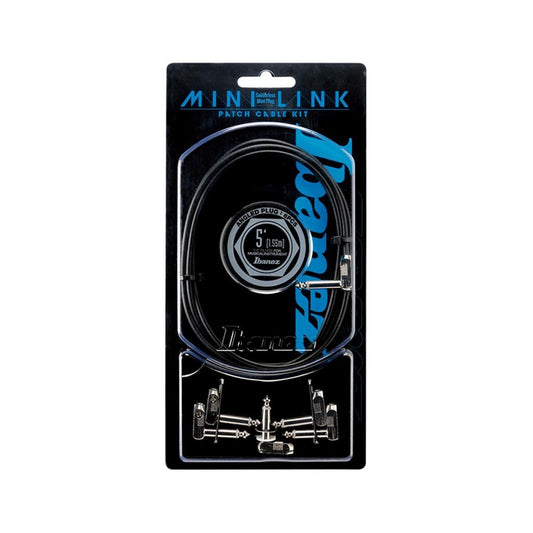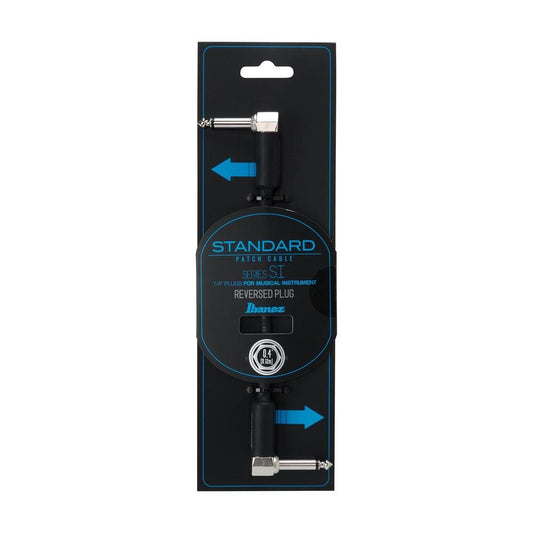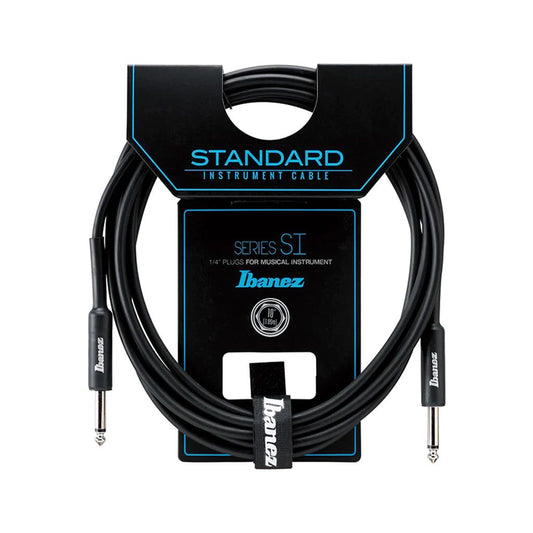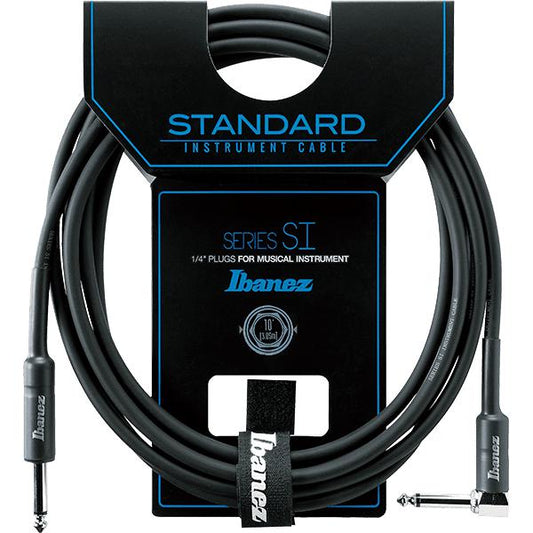Dây Cáp Kết Nối
Dây Cáp Kết Nối
Sự khác biệt giữa Cáp nhạc cụ và Cáp loa (Instrument Cable và Speaker Cable).
Nếu bạn đang chơi một cây đàn guitar có Pickup (EQ) hoặc bạn đang có một hệ thống âm thanh với nhiều thiết bị kết nối với nhau bằng dây cáp. Hãy lưu ý chọn cho mình một sợi cáp đúng chuẩn để có được chất lượng âm thanh tốt nhất.
Ngoại hình của cáp nhạc cụ (Instruement Cable - cáp kết nối từ nhạc cụ đến các thiết bị âm thanh) và cáp âm thanh (Speaker Cable - cáp kết nối giữa các thiết bị âm thanh đến loa) thực sự rất giống nhau, chúng ta hoàn toàn có thể nhầm lẫn giữa hai loại cáp này nếu chỉ nhìn vào hình thức bên ngoài dẫn đến sử dụng sai loại cáp, ảnh hưởng đến chất lượng âm thanh.
Hãy cùng Việt Music tìm hiểu sự khác biệt giữa cáp nhạc cụ và cáp loa để chọn cho mình sợi cáp đúng với nhu cầu sử dụng của bạn.
Sử dụng đúng loại dây cáp.
Có một vài điểm khác biệt chính về cách chúng được chế tạo, đó là cơ sở để lựa chọn đúng loại cáp mà bạn cần sử dụng, và là lý do tại sao bạn không nên sử dụng chúng thay thế cho nhau.
Chúng đều được làm bằng lõi đồng bọc vỏ cao su hoặc polyester và các đầu nối bằng vàng, niken hoặc các loại kim loại khác. Cả hai loại cáp đều sử dụng cùng một loại đầu nối 1/4 inch (Jack 6.3mm).
Tuy nhiên, trong khi Cáp nhạc cụ được bổ xung lớp chắn chống tín hiệu nhiễu và sử dụng lõi dây nhỏ thì cáp loa thanh không có lớp chắn tín hiệu nhiễu và sử dụng lõi dây lớn.
Cáp loa không cần lớp chắn nhiễu vì mức tín hiệu từ các thiết bị âm thanh ra loa rất lớn và trở kháng của loa rất thấp đến mức nhiễu sóng bên ngoài và nhiễu RF sẽ không còn là vấn đề đáng lo ngại. Ngược lại, Cáp nhạc cụ cần phải được che chắn vì nó kết nối nhạc cụ của bạn với amp ở trở kháng cao, mức tín hiệu thấp. Do đó nó cần lớp chắn nhiễu làm giảm tín hiệu vô tuyến và nhiễu từ các thiết bị điện tử khác.
Tại sao những cáp này không nên hoán đổi cho nhau?
Cả người mới và người chuyên nghiệp đều có thể phạm phải sai lầm khi sử dụng cái này thay cho cái kia nếu không tìm hiểu kỹ.
Như đã nói, việc sử dụng Cáp loa để kết nối nhạc cụ với các thiết bị âm thanh sẽ tạo ra nhiễu tín hiệu và tiếng ồn không mong muốn vì nó không có lớp chắn nhiễu, tín hiệu từ cây đàn của bạn sẽ bị nhiễu rất nhiều từ các thiết bị điện tử gần đó.
Mặt khác, việc sử dụng Cáp nhạc cụ để kết nối các thiết bị âm thanh đến loa có thể rất nguy hiểm cho thiết bị của bạn. Nó sẽ vẫn hoạt động, nhưng do dòng điện từ các thiết bị âm thanh truyền ra loa lớn hơn rất nhiều so với tín hiệu từ các nhạc cụ, khi dòng điện cao đi qua lõi dây nhỏ của Cáp nhạc cụ, rất có thể dây cáp của bạn sẽ bị nóng, cháy và nó có thể sẽ gây ra đoản mạch, làm cháy các thiết bị của bạn.
Một điều khác bạn nên chú ý khi sử dụng Cáp nhạc cụ thay cho Cáp loa là nó sẽ làm mất ổn định thiết bị của bạn, tạo ra âm thanh kém chất lượng do lõi dây nhỏ sẽ không đủ khả năng truyền dẫn toàn bộ tín hiệu lớn của thiết bị âm thanh.
Ngày nay, các thiết bị âm thanh đã được cải tiến để có thể chống lại việc hư hại thiết bị do sử dụng sai loại cáp, nhưng nó chỉ có thể xử lý trong một khoảng thời gian ngắn.
Hãy hình dung dòng điện truyền từ các thiết bị âm thanh đến loa như nước được bơm qua đường ống. Thiết bị âm thanh sẽ tạo ra áp suất mạnh nhất có thể và dây cáp của bạn là đường ống dẫn nước. Nếu kích thước đường ống giảm xuống, dòng nước được truyền đi sẽ bị hạn chế và tạo ra áp lực lớn lên đường ống. Vì vậy, hãy sử dụng các đường ống đủ lớn để có đầu ra tốt nhất.
Cáp có nhiều độ dày và kích thước khác nhau. Cáp cao cấp thường được làm bằng lõi đồng không chứa oxy và chúng có đầu nối bằng vàng chống ăn mòn. Cáp có lõi lớn hơn sẽ tốt hơn vì có thể xử lý việc chuyền tải tín hiệu tốt hơn. Cũng cần lưu ý rằng cáp ngắn hơn tạo ra tín hiệu tốt hơn vì tín hiệu sẽ suy hao trên đường truyền, cáp càng dài sẽ suy hao tín hiệu càng nhiều.
Phân biệt Cáp loa và Cáp nhạc cụ.
Để biết chính xác sợi cáp của bạn là loại nào, hãy nhìn vào bao bì hoặc lớp vỏ của sợi cáp, các nhà sản xuất thường sẽ ghi rõ đó là loại cáp gì. Nếu nhà sản xuất không ghi rõ, cách tốt nhất là bạn hãy tìm cách quan sát phần lõi của sợi cáp.
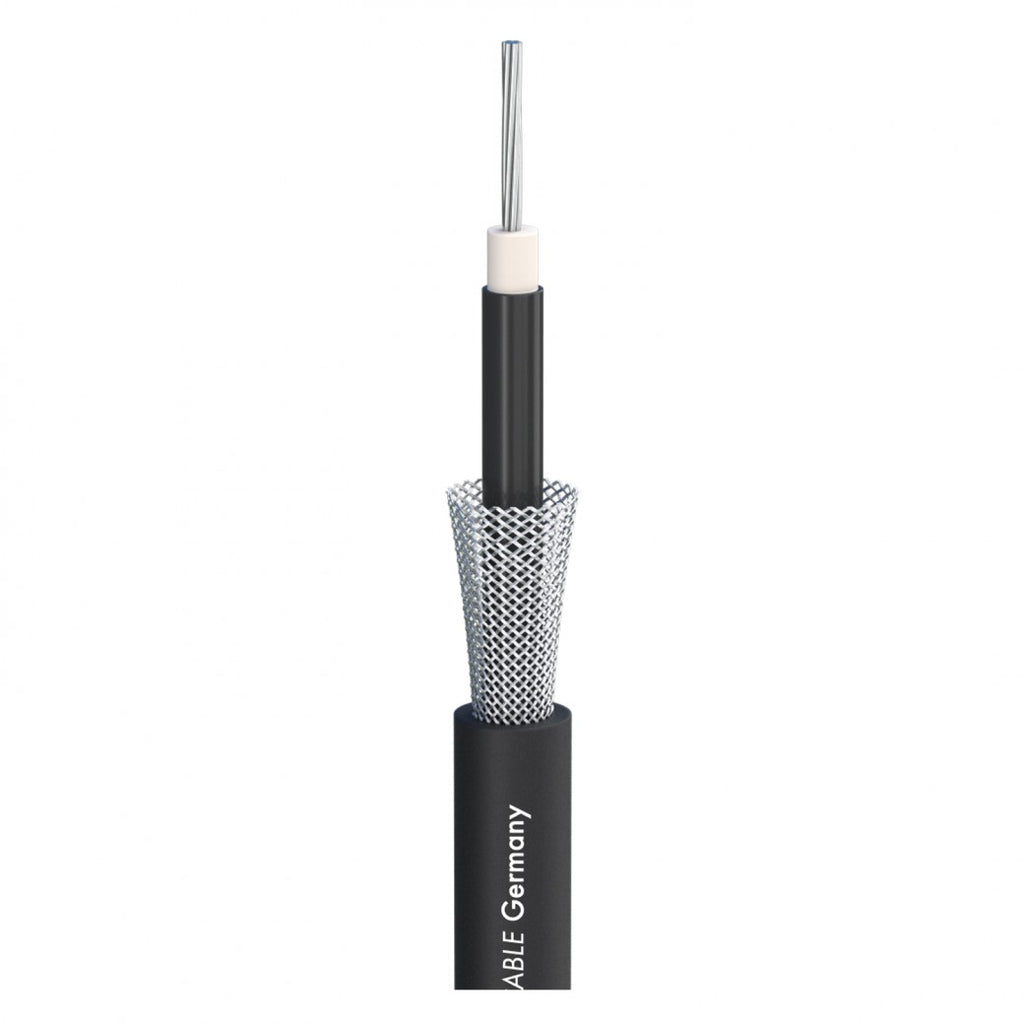
Cáp nhạc cụ (lõi nhỏ, có lớp chống nhiễu)
Nếu là Cáp nhạc cụ, bạn sẽ nhận thấy một hoặc hai dây được bao phủ bởi một số hình thức che chắn hoặc lớp phủ chống nhiễu. Một số nhà sản xuất sử dụng màng bọc bằng giấy bạc, một số nhà sản xuất khác sử dụng phần dây mass (dây mát) tạo thành lưới thép bện bao bọc bên ngoài dây lõi để tạo thành lớp chống nhiễu.
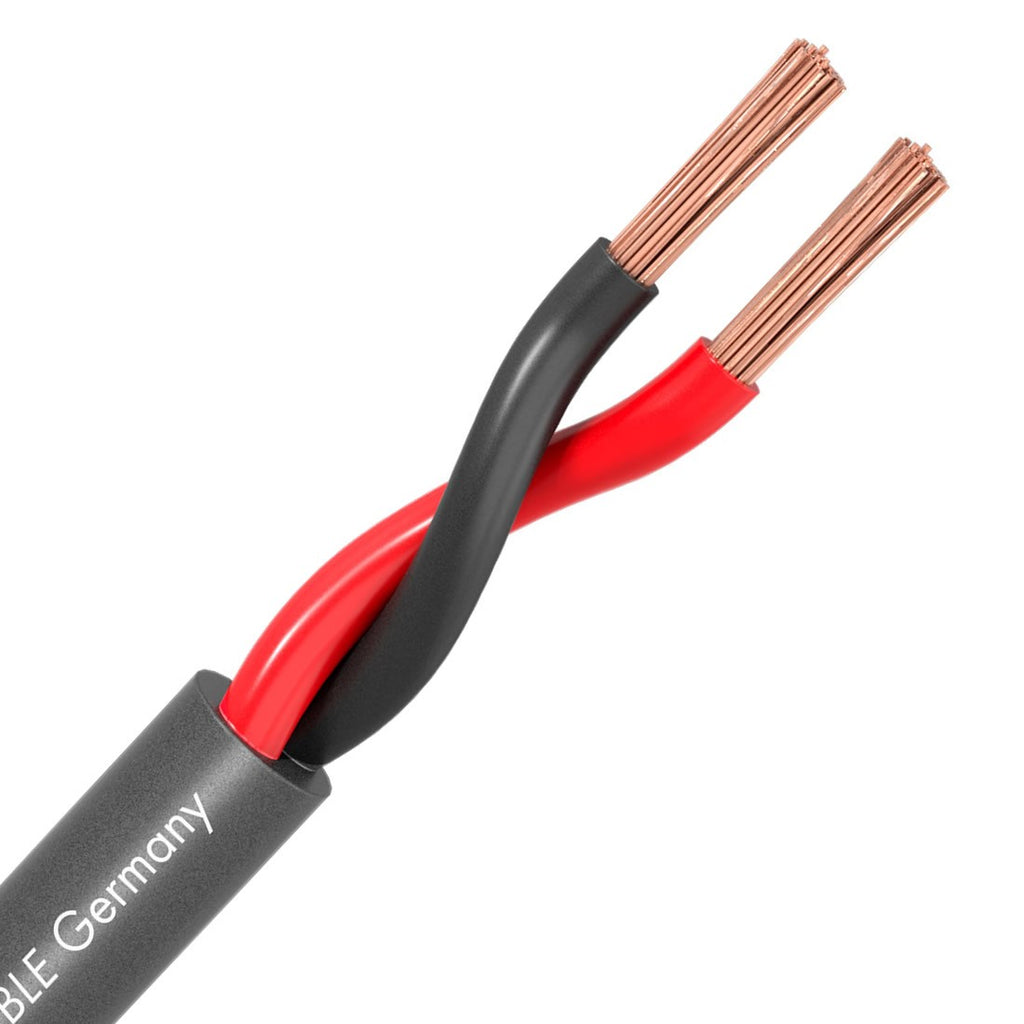
Cáp loa (lõi lớn, không có lớp chống nhiễu)
Nếu là Cáp loa, sẽ có hai dây độc lập bên trong. Thông thường, chúng có hai màu đen và trắng hoặc đen và đỏ. Nó không có bất kỳ lớp giấy bạc hoặc dây bện chống nhiễu nào.
Đến đây thì bạn đã hiểu được sự khác nhau giữa Cáp nhạc cụ và Cáp loa rồi đúng không?
Nếu bạn đang dùng các thiết bị kết nối với nhau bằng dây cáp, hãy kiểm tra lại sợi cáp của bạn xem bạn đã sử dụng đúng loại cáp hay chưa? Nếu chưa và bạn đang cần mua một sợi cáp đúng chuẩn, hãy liên hệ Việt Music và chọn cho mình một sợi cáp đúng với mục đích sử dụng của bạn nhé!
